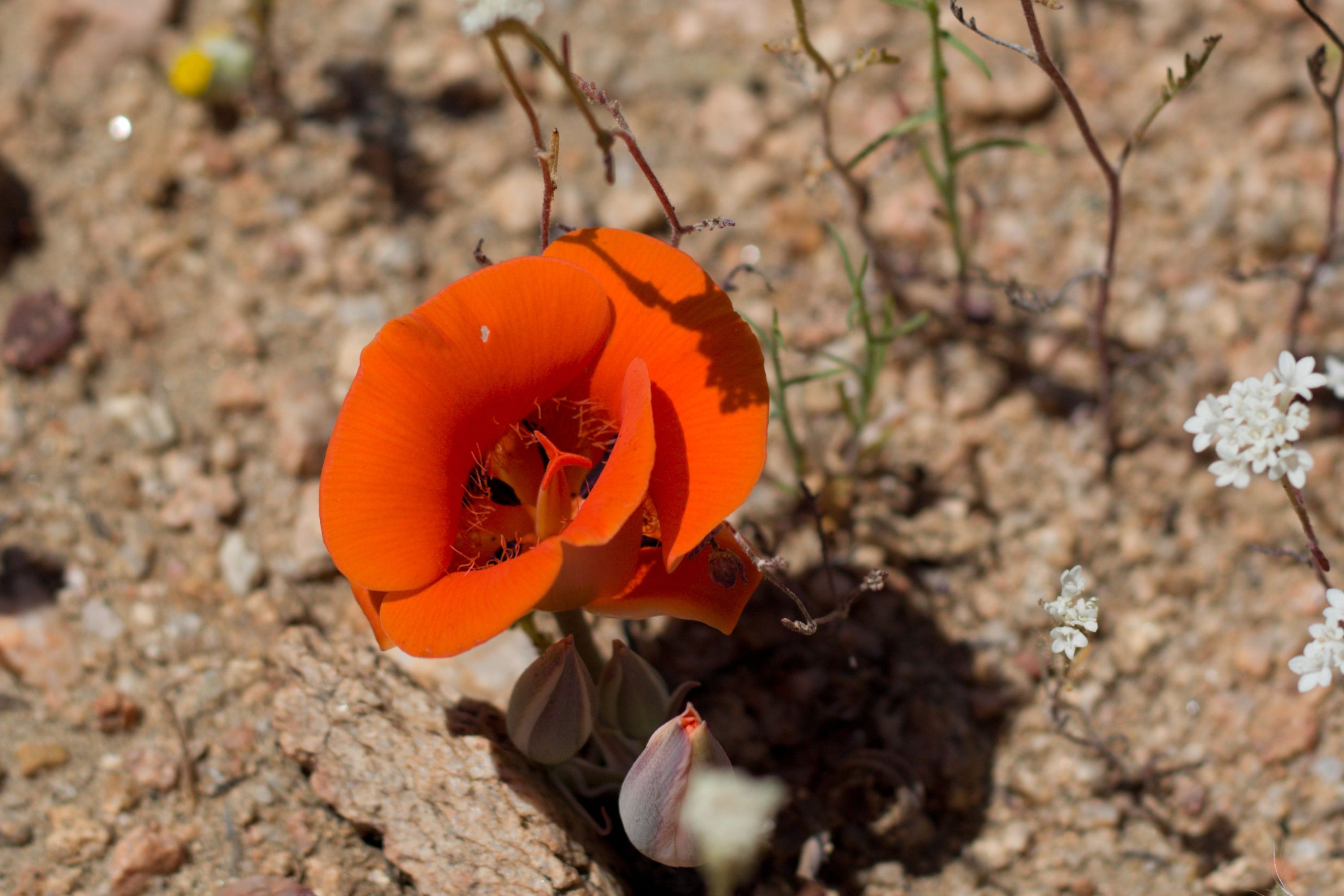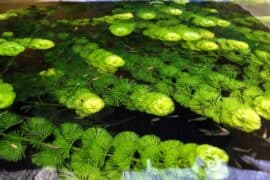Desert mariposa lily
(Calochortus kennedyi)

Description
Calochortus kennedyi is a North American species of flowering plant in the lily family known by the common name desert mariposa lily. It is native to the deserts of the Southwestern United States (Arizona, southern California, southern Nevada, southern Utah and western Texas), and northern Mexico (Sonora, Chihuahua). In California it is found in the Mojave Desert and rain shadowed eastern slopes of the Transverse Ranges. Species is named for plant collector William L. Kennedy. Calochortus kennedyi is a perennial herb which produces a slender, unbranching, sometimes twisting stem up to 50 centimeters tall, but generally shorter. There is a basal leaf 10 to 20 centimeters long which is waxy in texture and withers at flowering. The inflorescence consists of 1 to 6 erect bell-shaped flowers in a loose cluster. Each flower has three sepals and three petals which are usually spotted at the bases. The petals may be 5 centimeters long and are yellow, orange, or red in color. The fruit is an angled, striped capsule up to 6 centimeters in length. Calochortus is a genus of flowering plants in the lily family. The group includes herbaceous, perennial and bulbous species, all native to North America (primarily the Western United States). The genus Calochortus includes mariposas (or mariposa lilies) with open wedge-shaped petals, globe lilies and fairy lanterns with globe-shaped flowers, and cat's ears and star tulips with erect pointed petals. The word Calochortus is derived from Greek and means "beautiful grass". Calochortus flowers have six tepals. Unlike most other Liliaceae, Calochortus tepals are in two series that differ in size and color. The outer three are generally narrower and more sepal-like, while the inner three are larger, usually with bright marks at the base. They may be described as petals. The flowers are borne on a stem that arises from a bulb, generally in the spring or early summer. Flowers can be white, yellow, pink, purple, bluish, or streaked. The insides of the petals are often very 'hairy'. These hairs, along with the nectaries, are often used in distinguishing species from each other.
Taxonomic tree:







